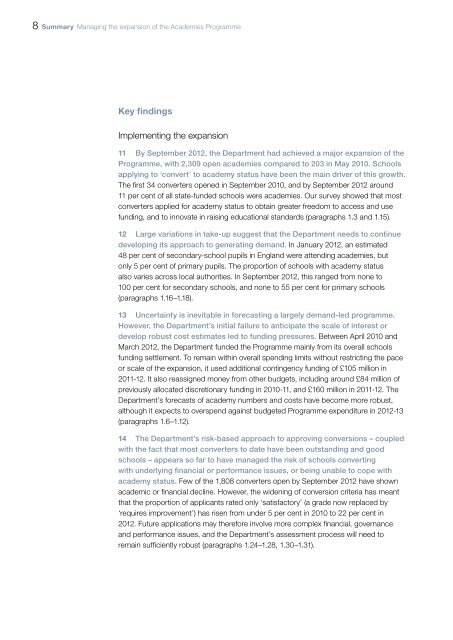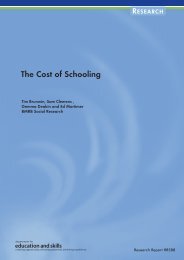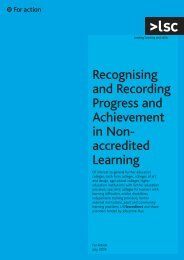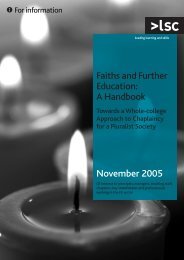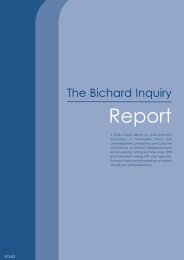Full Text (PDF) - Official Documents
Full Text (PDF) - Official Documents
Full Text (PDF) - Official Documents
You also want an ePaper? Increase the reach of your titles
YUMPU automatically turns print PDFs into web optimized ePapers that Google loves.
8 Summary Managing the expansion of the Academies Programme<br />
Key findings<br />
Implementing the expansion<br />
11 By September 2012, the Department had achieved a major expansion of the<br />
Programme, with 2,309 open academies compared to 203 in May 2010. Schools<br />
applying to ‘convert’ to academy status have been the main driver of this growth.<br />
The first 34 converters opened in September 2010, and by September 2012 around<br />
11 per cent of all state-funded schools were academies. Our survey showed that most<br />
converters applied for academy status to obtain greater freedom to access and use<br />
funding, and to innovate in raising educational standards (paragraphs 1.3 and 1.15).<br />
12 Large variations in take-up suggest that the Department needs to continue<br />
developing its approach to generating demand. In January 2012, an estimated<br />
48 per cent of secondary-school pupils in England were attending academies, but<br />
only 5 per cent of primary pupils. The proportion of schools with academy status<br />
also varies across local authorities. In September 2012, this ranged from none to<br />
100 per cent for secondary schools, and none to 55 per cent for primary schools<br />
(paragraphs 1.16–1.18).<br />
13 Uncertainty is inevitable in forecasting a largely demand-led programme.<br />
However, the Department’s initial failure to anticipate the scale of interest or<br />
develop robust cost estimates led to funding pressures. Between April 2010 and<br />
March 2012, the Department funded the Programme mainly from its overall schools<br />
funding settlement. To remain within overall spending limits without restricting the pace<br />
or scale of the expansion, it used additional contingency funding of £105 million in<br />
2011-12. It also reassigned money from other budgets, including around £84 million of<br />
previously allocated discretionary funding in 2010-11, and £160 million in 2011-12. The<br />
Department’s forecasts of academy numbers and costs have become more robust,<br />
although it expects to overspend against budgeted Programme expenditure in 2012-13<br />
(paragraphs 1.6–1.12).<br />
14 The Department’s risk-based approach to approving conversions – coupled<br />
with the fact that most converters to date have been outstanding and good<br />
schools – appears so far to have managed the risk of schools converting<br />
with underlying financial or performance issues, or being unable to cope with<br />
academy status. Few of the 1,808 converters open by September 2012 have shown<br />
academic or financial decline. However, the widening of conversion criteria has meant<br />
that the proportion of applicants rated only ‘satisfactory’ (a grade now replaced by<br />
‘requires improvement’) has risen from under 5 per cent in 2010 to 22 per cent in<br />
2012. Future applications may therefore involve more complex financial, governance<br />
and performance issues, and the Department’s assessment process will need to<br />
remain sufficiently robust (paragraphs 1.24–1.28, 1.30–1.31).


